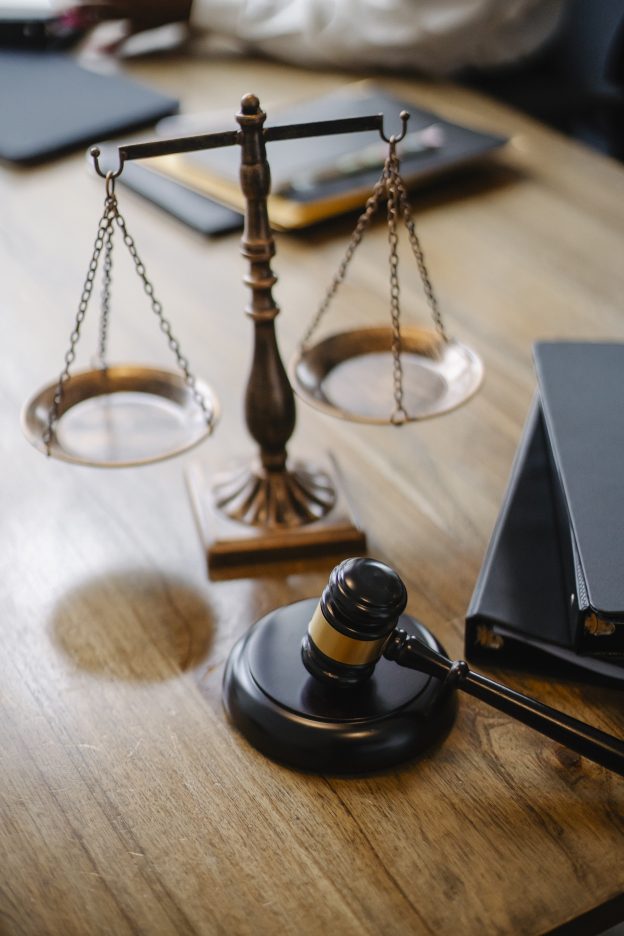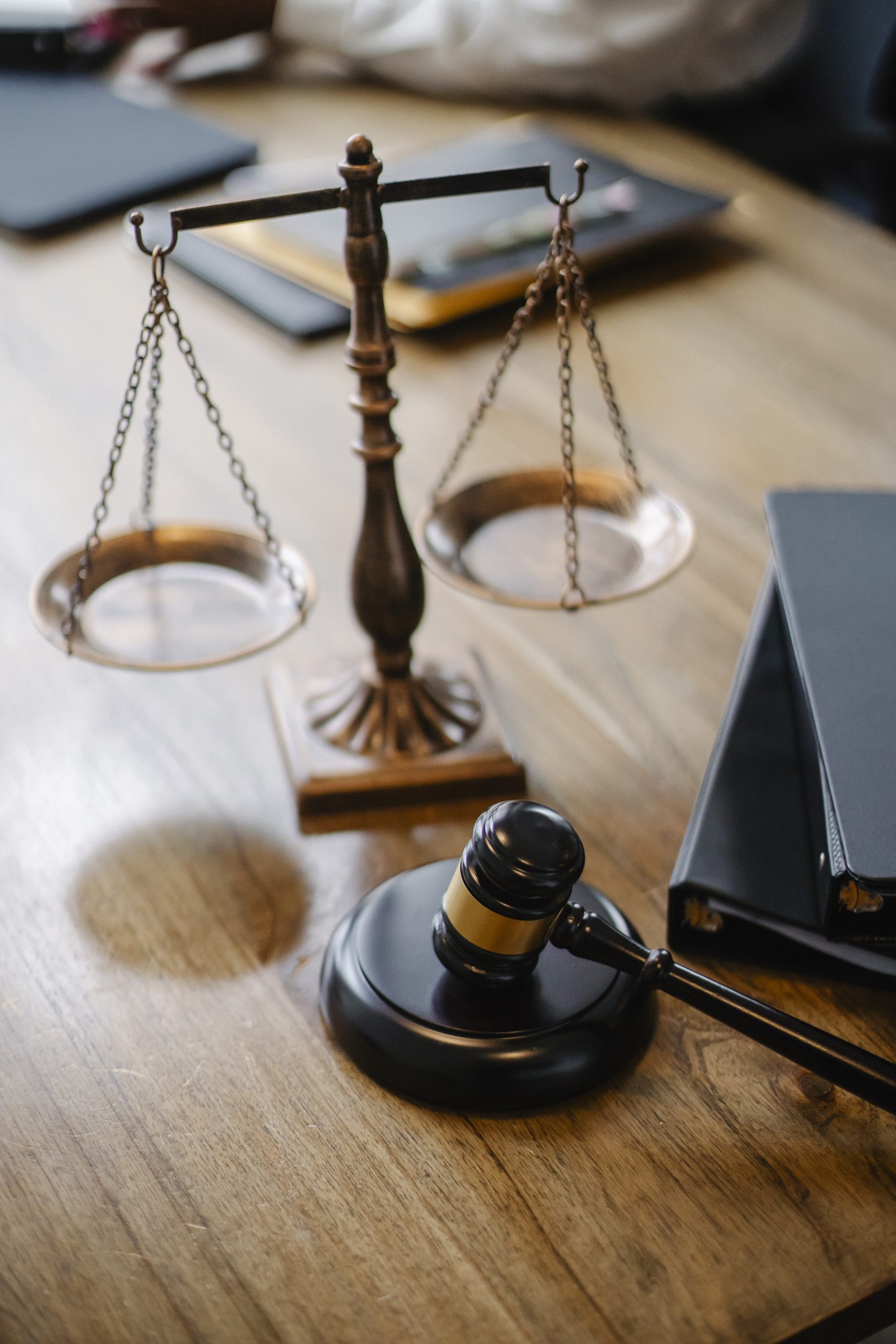In today’s global economy, businesses face numerous challenges when it comes to workforce management and immigration compliance. As the government continues to focus on immigration enforcement, companies must ensure they are abiding by all applicable laws and regulations. One essential tool that employers can utilize to verify an employee’s eligibility to work in the United States is the E-Verify system. E-Verify compliance not only helps businesses stay in compliance with the law, but it also provides peace of mind for employers by confirming that their workforce is comprised of legally authorized individuals. In this article, we will explore the importance of E-Verify compliance, its benefits, and address some common questions that businesses may have regarding this topic.
Understanding E-Verify Compliance
E-Verify is an electronic system that allows employers in the United States to verify the employment eligibility of their employees. It is an essential tool in ensuring compliance with immigration laws and maintaining a legal workforce. By electronically comparing information from an employee’s Form I-9, Employment Eligibility Verification, with data from U.S. Department of Homeland Security and Social Security Administration records, E-Verify helps employers confirm their employees’ eligibility to work in the country.
Why is E-Verify compliance important?
E-Verify compliance is crucial for businesses to avoid legal risks and ensure they are hiring authorized workers. By using this system, employers can demonstrate their commitment to hiring a legal workforce, which is essential in industries where extensive government contracts are involved. Noncompliance with E-Verify can result in severe consequences, including civil fines, loss of government contracts, and reputation damage.
Who is required to comply with E-Verify?
E-Verify compliance is mandatory for certain employers, depending on various factors such as the type of business, number of employees, and government contracts. Federal contractors and subcontractors are required to use E-Verify for all employees. Additionally, employers in certain states may be obligated to participate in E-Verify as part of their state’s legislation or as a condition for business licensing or tax incentives.
E-Verify compliance and the hiring process
Integrating E-Verify into the hiring process is crucial for businesses to ensure compliance. After completing the Form I-9, employers must submit the information to E-Verify within a specific timeframe. The system then verifies the individual’s eligibility to work, typically within seconds. It is important for employers to understand and follow the correct procedures to ensure a smooth and compliant hiring process.
Benefits of E-Verify Compliance
Reducing legal risks
By using E-Verify, businesses can significantly reduce the risk of hiring unauthorized workers. This reduces the potential for fines and penalties associated with employing individuals without proper work authorization. E-Verify provides a reliable mechanism to verify the eligibility of employees, ensuring compliance with immigration laws and reducing the risk of legal repercussions.
Maintaining a reputable image
E-Verify compliance helps businesses maintain a reputable image by demonstrating their commitment to hiring a legal workforce. It showcases the company’s dedication to following immigration laws and reinforces ethical business practices. This can enhance the company’s reputation among potential clients, customers, and partners.
Access to government contracts
Many government contracts require E-Verify compliance as a condition of participation. By being E-Verify compliant, businesses can access lucrative government contracts and expand their opportunities for growth. Compliance with E-Verify is not only a legal requirement but also a strategic advantage for businesses seeking government contracts.
Streamlining onboarding process
Implementing E-Verify into the onboarding process can streamline the verification of employment eligibility. By electronically submitting Form I-9 information to E-Verify, employers can receive quick verification results, reducing the need for manual verification methods and potential delays. This automation improves the efficiency of the onboarding process, saving time and resources.
E-Verify Compliance Requirements
Understanding Form I-9
Form I-9 is the starting point for E-Verify compliance. Employers must ensure the completion of Form I-9 for all employees to verify their eligibility to work in the United States. Understanding the requirements and properly completing Form I-9 is essential for E-Verify compliance.
Registering for E-Verify
Employers must register for E-Verify to participate in the program. The registration process involves providing necessary business information, designating appropriate E-Verify administrators, and agreeing to the terms and conditions of the program. Registering correctly is crucial to ensure proper E-Verify compliance.
Timeframe for verification
Once employers have completed Form I-9 for a new hire, they must promptly submit the information to E-Verify. According to federal guidelines, employers are required to create a case in E-Verify within three business days of the employee’s start date. Adhering to this timeframe is crucial to maintain compliance with E-Verify requirements.
Reverification and updates
E-Verify compliance also requires employers to be diligent in performing reverification for employees with temporary employment authorization. Employers must be aware of expiration dates and promptly complete the reverification process to ensure continuous compliance with E-Verify requirements. Additionally, any updates or changes regarding an employee’s work authorization status must be promptly recorded in E-Verify.
Retaining compliance records
To demonstrate E-Verify compliance, businesses must maintain accurate and up-to-date records. Retaining records pertaining to an employee’s eligibility verification is crucial for audits and government inspections. Employers must store these records for the required period, typically three years from the date of hire or one year from the date of termination, whichever is later.
Common Challenges and Solutions for E-Verify Compliance
Mismatched information
Sometimes, discrepancies in employee information can occur, leading to potential mismatches in E-Verify results. Employers may encounter challenges in handling these situations appropriately. By establishing clear protocols for resolving mismatched information, employers can effectively address such challenges and maintain E-Verify compliance.
Interpreting and handling Tentative Nonconfirmations
Tentative Nonconfirmations (TNCs) occur when the information provided by the employee does not match the records in E-Verify. It is essential for employers to properly handle TNCs to avoid discrimination and ensure compliance. Providing clear instructions to employees on how to resolve TNCs and following E-Verify guidelines are critical steps in maintaining compliance.
Addressing system errors and downtime
Technical errors or system downtime can sometimes hinder the use of E-Verify. Employers may find it challenging to navigate these issues while ensuring compliance. By promptly reporting system errors and keeping proper documentation, employers can demonstrate their efforts to comply with E-Verify requirements.
Ensuring privacy and security of employee data
Protecting employee data is of utmost importance when using E-Verify. Employers must implement appropriate measures to ensure the privacy and security of employee information throughout the E-Verify process. By establishing robust data protection practices and complying with relevant privacy laws, businesses can mitigate the risk of data breaches and maintain compliance.
Best Practices for E-Verify Compliance
Implementing comprehensive training programs
Employee training is crucial in maintaining E-Verify compliance. Implementing comprehensive training programs helps ensure that all employees involved in the hiring process understand the requirements, procedures, and best practices for E-Verify compliance. Regular training sessions and updates can keep employees informed about any changes or updates to E-Verify regulations.
Regular internal audits and reviews
Regular internal audits and reviews help businesses identify any potential compliance gaps or areas of improvement. By conducting periodic reviews of Form I-9 records, E-Verify cases, and compliance protocols, employers can proactively address any issues and maintain high compliance standards.
Maintaining accurate documentation
Accurate and organized documentation is essential for E-Verify compliance. Employers must maintain comprehensive records related to Form I-9, E-Verify cases, reverification, and any updates or changes regarding an employee’s work authorization. Proper documentation enables businesses to provide necessary evidence of compliance during audits or inspections.
Establishing clear protocols for resolving issues
Employers should establish clear protocols for resolving any compliance issues that may arise during the E-Verify process. By providing a standardized approach for addressing discrepancies, errors, TNCs, or other challenges, businesses can ensure consistency and maintain compliance. These protocols should be communicated to all relevant employees and regularly updated as needed.
Penalties for Noncompliance
Civil fines and penalties
Noncompliance with E-Verify requirements can result in civil fines and penalties. The U.S. Department of Justice, Office of Special Counsel for Immigration-Related Unfair Employment Practices, is responsible for enforcing these penalties. Employers found to be in violation of the law can face significant financial consequences.
Loss of government contracts
Failure to comply with E-Verify requirements can result in the loss of valuable government contracts. Many federal contracts explicitly require E-Verify participation, and noncompliance can lead to contract termination or disqualification from future bidding opportunities. E-Verify compliance is an essential factor for businesses seeking government contracts.
Reputation damage and negative publicity
Noncompliance with E-Verify can damage a company’s reputation and lead to negative publicity. The consequences of noncompliance can tarnish a business’s image and impact its relationships with clients, partners, and stakeholders. Maintaining E-Verify compliance is crucial for preserving the reputation and integrity of a company.
How an E-Verify Compliance Attorney Can Help
Navigating complex compliance regulations
E-Verify compliance involves navigating complex regulations and requirements. An experienced E-Verify compliance attorney can provide valuable guidance and assistance in understanding and complying with these regulations. They can help businesses stay up to date with any changes in E-Verify requirements and ensure full compliance.
Developing tailored compliance strategies
Each business has unique needs and circumstances when it comes to E-Verify compliance. An E-Verify compliance attorney can develop tailored strategies that address the specific compliance challenges faced by a particular business. These strategies can help minimize risks, streamline processes, and ensure ongoing compliance.
Representing businesses during government audits
Facing a government audit can be a stressful experience for businesses. An E-Verify compliance attorney can represent and guide businesses throughout the audit process, ensuring documentation and procedures are in order and advocating on their behalf. This legal representation can help minimize the impact of potential violations and protect the business’s interests.
Providing ongoing support and advice
Compliance with E-Verify is an ongoing responsibility for businesses. An E-Verify compliance attorney can provide ongoing support and advice, keeping businesses informed about changes in regulations, assisting with training programs, and helping resolve any compliance issues that may arise. This ongoing support ensures businesses can maintain compliance and mitigate risks effectively.
Frequently Asked Questions about E-Verify Compliance
What is the purpose of E-Verify?
E-Verify is designed to help employers verify the employment eligibility of their employees and maintain a legal workforce. It compares employee information from Form I-9 with government records to confirm the authenticity of work authorization.
Do all businesses need to use E-Verify?
Not all businesses are required to use E-Verify. Obligations to participate in E-Verify depend on various factors, including business type, number of employees, and government contracts. However, certain industries and states may have specific requirements for E-Verify participation.
What are the consequences of noncompliance?
Noncompliance with E-Verify requirements can result in civil fines, loss of government contracts, and reputation damage. Employers may also face legal action and negative publicity, which can significantly impact their operations and relationships.
How can an attorney assist with E-Verify compliance?
An E-Verify compliance attorney can provide guidance on understanding and complying with complex E-Verify regulations. They can develop tailored compliance strategies, represent businesses during government audits, and provide ongoing support and advice to ensure ongoing compliance.
What steps should businesses take to ensure compliance?
To ensure E-Verify compliance, businesses should understand Form I-9 requirements, register for E-Verify, submit information within the specified timeframe, address reverification and updates promptly, retain compliance records, and establish clear protocols for resolving compliance issues. Regular training, internal audits, and maintaining accurate documentation are also essential steps.














